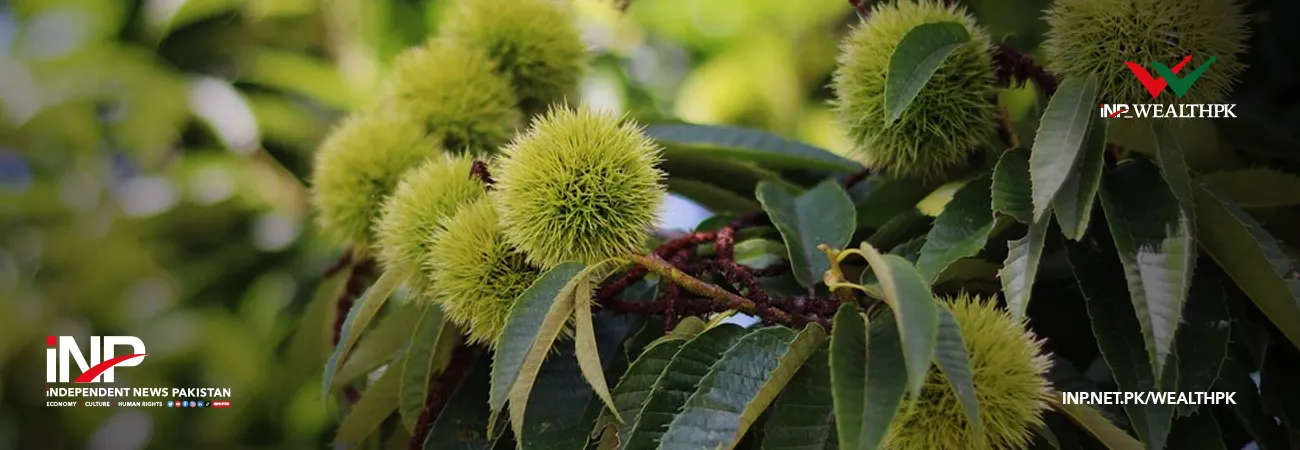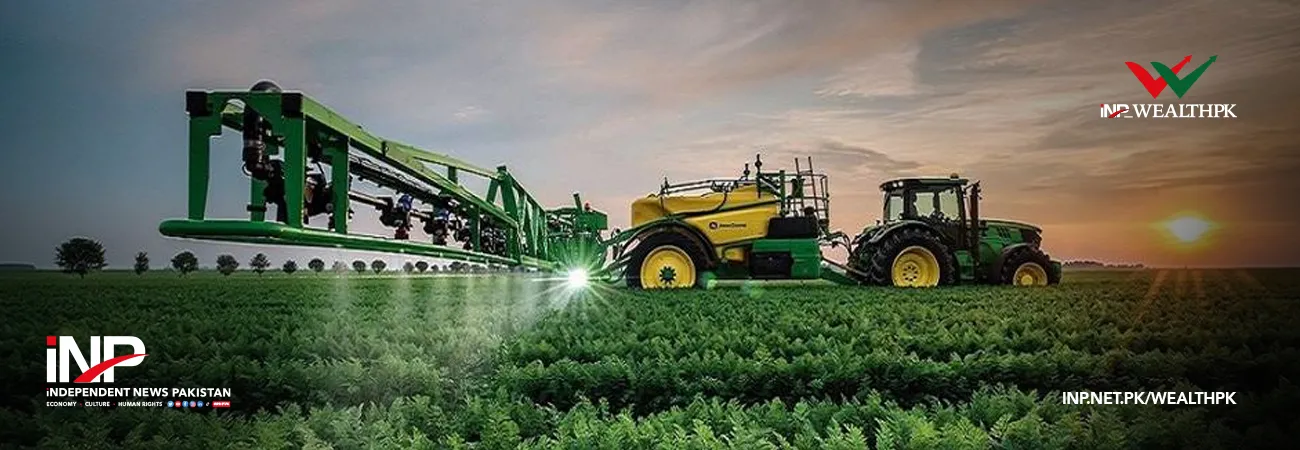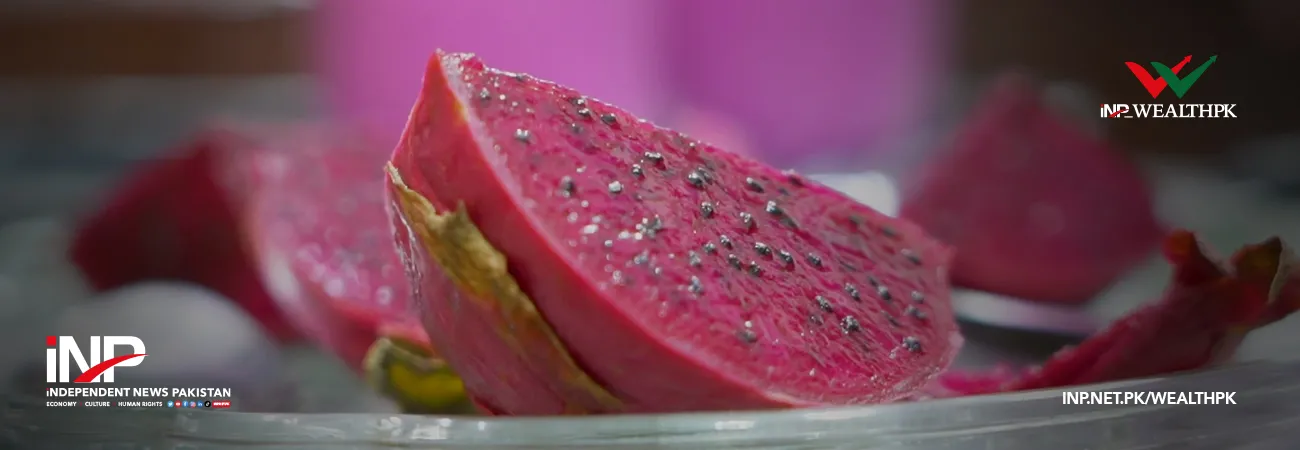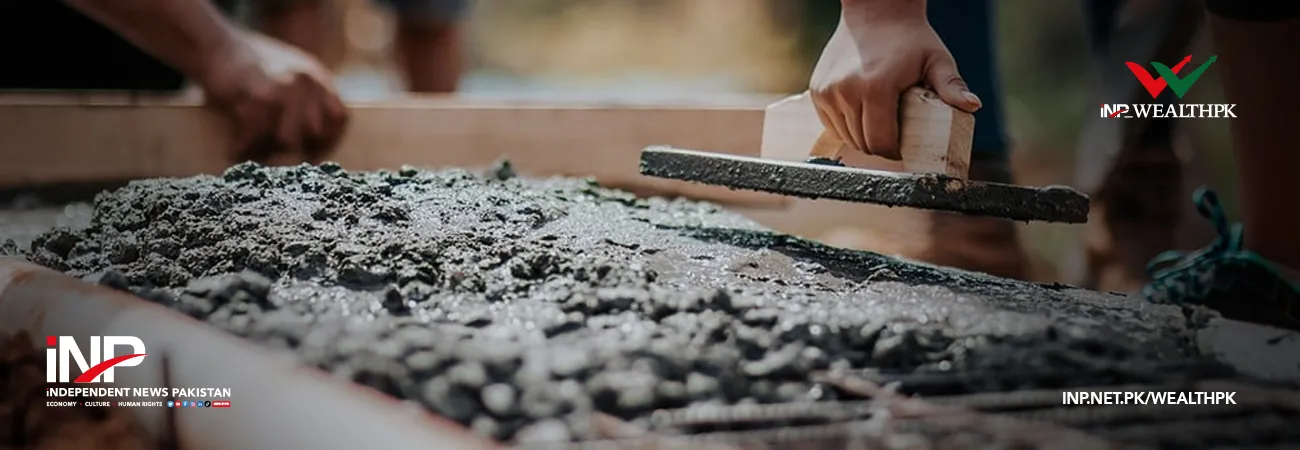INP-WealthPk
Azeem Ahmed Khan
Chestnut, a valuable fruit tree native to the northern hemisphere, has been successfully cultivated in northern Pakistan by the Pakistan Agricultural Research Council (PARC), said Dr Fayaz Ahmad, Principal Scientific Officer at the PARC-National Tea and High Value Crops Research Institute at Shinkiari, Mansehra.
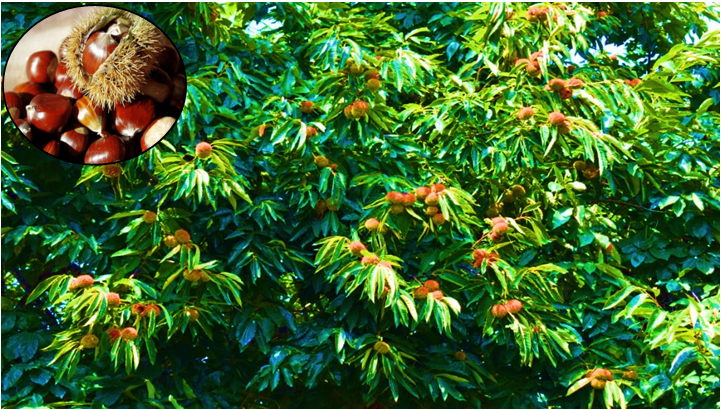
Talking to WealthPK, he explained that chestnuts are prized for their economic value, nutritious and fragrant nuts, valuable timber, and role in agroforestry systems. He added that introducing chestnut as a new fruit crop in Pakistan would expand the country's fruit germplasm resources and create new opportunities for the local markets and international exports.
Through the National Tea and High Value Crops Research Institute, the PARC launched research and development efforts to cultivate three varieties of chestnut in suitable areas of Hazara and Malakand divisions in the northern regions of Khyber Pakhtunkhwa some four years ago, he said.
According to Dr. Fayaz, chestnuts thrive in the agroforestry systems of Khyber Pakhtunkhwa's temperate climate, offering economic benefits for farmers through the production of both nutritious nuts and valuable timber. The average yield in local conditions is 45 to 60kg of nuts per tree, he added.
The development of production technologies and provision of chestnut plants from selected germplasm will help farmers adopt this fruit, contributing to new income streams for the local communities, he said.
“We have successfully cultivated a nursery of 1,000 plants using both seeds and grafting techniques,” he said.
Dr. Fayaz further explained that chestnuts came in different varieties, including Chinese chestnut, Japanese chestnut, American chestnut, and South European chestnut, all of which are cultivated for their economic importance. These trees typically grow at elevations ranging from sea level to 1,800 meters, he added.
Chestnuts stand out for their unique nutritional qualities, making them a popular ingredient in various dishes, and they could be consumed after either roasting or processing, he said.
Research on the chestnut’s chemical composition shows that it is low in calories and fat but rich in starch, trace elements, vitamins, and phytonutrients, positioning it as a healthy food choice, Dr Fayaz said. Unlike other nuts, chestnuts are primarily composed of carbohydrates, which makes their nutritional profile comparable to staple foods like sweet potatoes, corn, and potatoes, he added.
Furthermore, he said chestnuts are an excellent source of Vitamin C, with 100 grams providing 43mg, supporting the health of teeth, bones, and blood vessels. They are also rich in B vitamins, including niacin, vitamin B-6, thiamine, and riboflavin, he added.
Dr. Fayaz highlighted that chestnut trees were cold-hardy and drought-resistant, able to survive temperatures as low as minus 25 degrees centigrade during dormancy. These trees thrive in temperate climates, requiring cool winters to fulfill their chilling needs for proper budburst, flowering, and fruit maturation, he added.
Additionally, chestnuts can adapt to a wide range of climatic conditions, from cool and wet regions to warmer, drier environments, thanks to their genetic and physiological traits, he said. These trees can also be grown in Azad Kashmir and Murree, he added.
The trees can grow up to 40 feet tall and are planted 30 feet apart to accommodate their large circumference, Dr Fayaz said, adding that their fruit naturally falls to the ground when ripe, eliminating the need for manual harvesting.
Credit: INP-WealthPk



